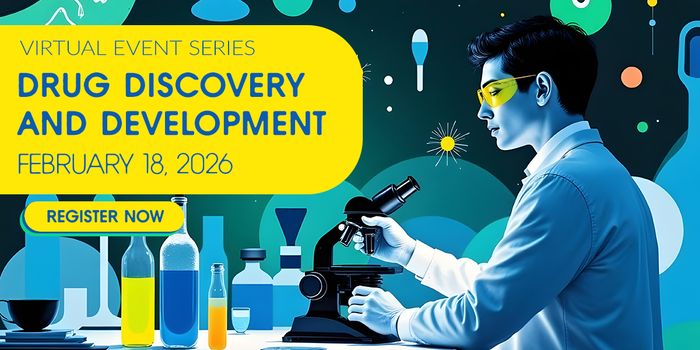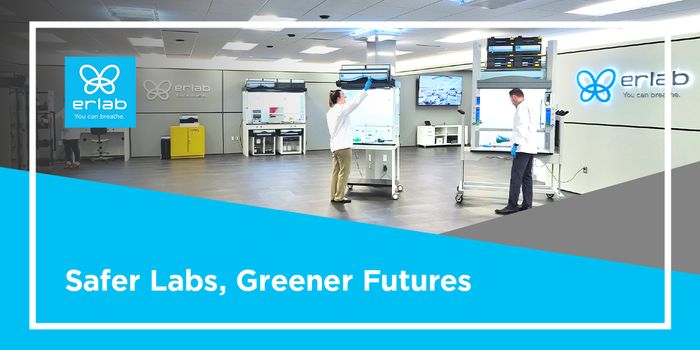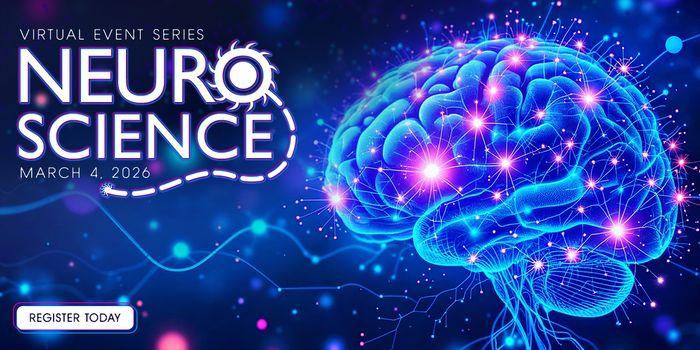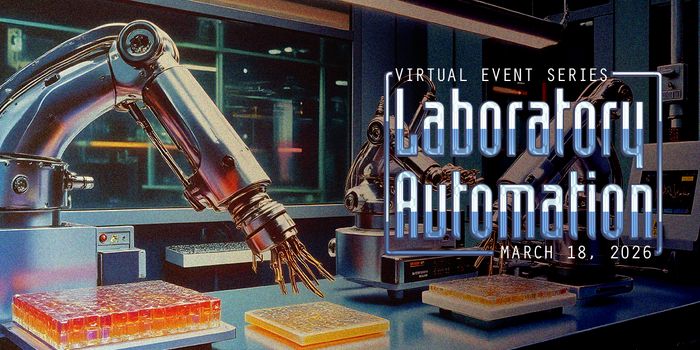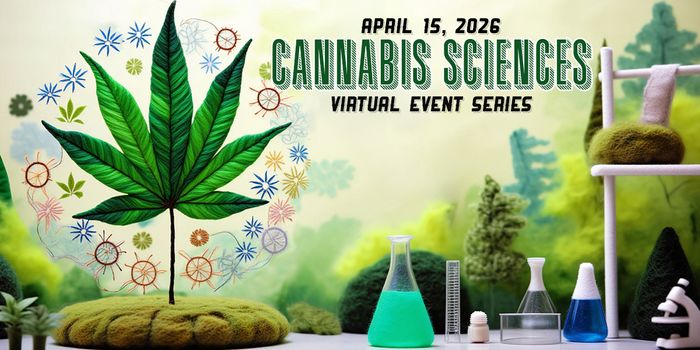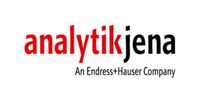Luke is a staff research chemist at the National Institute of Standards and Technology (NIST) in the Biomolecular Measurement Division. His research focuses on the development and validation of high resolution, multi-dimensional nuclear magnetic resonance (NMR) methods to ...
See moreProgram Committee Share
-
Luke Arbogast
-
Catharine Layton
Catharine is a Scientific Operations, Principal Scientist at Waters Corporation based in Milford, MA. She began her career at a fast paced, biopharmaceutical R&D contract research laboratory where she was responsible for designing analytical methods used for characterization of ...
See more -
Allegra Leghissa
Allegra Leghissa graduated with her PhD in analytical chemistry from the University of Texas at Arlington in July 2018, working under the direction of Prof. Kevin A. Schug. She was born and raised in Bologna, Italy. She left Italy in August 2014 after completing an undergraduate ...
See more
Analytical Chemistry Virtual Event Series 2019

This event is now apart of the Laboratory Automation Virtual Event Series.
Our 2nd Annual Event in the Analytical Chemistry Virtual Event Series is now available ondemand! This years event continues the conversation of the advancements in experimental design, chemometrics, and the creation of new analytical instrumentation. Join us for this free, online event as we discuss best practices in testing, chromatography, centrifugation, as well as developments in chemical analysis and mass spectroscopy.
The tracks for this years event include:
- Small Molecule Analysis and Detection
- Food and Environmental Analysis
- Biopharmaceutical Analytical Technologies
- Chemometrics/Artificial Intelligence
Our virtual conference allows you to participate in a global setting with no travel or cost to you. The event will remain open 6 months from the date of the live event. The webinars will be available for unlimited on-demand viewing. This virtual conference also offers increased reach for the global analytical chemistry community with a high degree of interaction through live-streaming video and chat sessions.
Like the 2018 conference, this event will be produced on our robust virtual platform, allowing you to watch, learn and connect seamlessly across all desktop or mobile devices. Equipped with gamification and point system, you can now move around the entire event, earning points for a chance to win one of LabRoots most popular shirts.

Continuing Education
LabRoots is approved as a provider of continuing education programs in the clinical laboratory sciences by the ASCLS P.A.C.E. ® Program. By attending this event, you can earn 1 Continuing Education credit per presentation for a maximum of 14 credits.
Use #LRanalyticalchem to follow the conversation!
Agenda Share
-
OCT 24, 2019 1:30 PM PDT
Characterization of Biotherapeutics by Chemometric and Machine Learning Analysis of NMR Spectra
Frank Delaglio, PhD
Principal Investigator, National Institute of Standards and Technology Institute Fellow, Institute for Bioscience and Biotechnology Research, University of MarylandBIOGRAPHY -
-
OCT 24, 2019 9:00 AM PDT
A Comparison of Established NMR Chemometric Methods in Biopharma
K. Wade Elliott, PhD
Research Chemist, National Institute of Standards and Technology, Institute for Bioscience and Biotechnology ResearchBIOGRAPHY
- Food and Environmental Analysis
-
- Biopharmaceutical Analytical Technologies
-
OCT 24, 2019 9:00 AM PDT
A Comparison of Established NMR Chemometric Methods in Biopharma
K. Wade Elliott, PhD
Research Chemist, National Institute of Standards and Technology, Institute for Bioscience and Biotechnology ResearchBIOGRAPHY - Chemometrics/Artificial Intelligence
-
OCT 24, 2019 1:30 PM PDT
Characterization of Biotherapeutics by Chemometric and Machine Learning Analysis of NMR Spectra
Frank Delaglio, PhD
Principal Investigator, National Institute of Standards and Technology Institute Fellow, Institute for Bioscience and Biotechnology Research, University of MarylandBIOGRAPHY
Speakers Share
-
Raffeal Bennett, PhD
Postdoctoral Fellow at Merck & Co.
BIOGRAPHY
-
Frank Delaglio, PhD
Principal Investigator, National Institute of Standards and Technology Institute Fellow, Institute for Bioscience and Biotechnology Research, University of Maryland
BIOGRAPHY
-
Zacariah Hildenbrand, PhD
CTO, ZED Therapeuti
BIOGRAPHY
-
Dan Li, PhD
Application Scientist at Restek
BIOGRAPHY
-
Claude Mallet, PhD
Senior Scientist, Waters Corporation
BIOGRAPHY
-
K. Wade Elliott, PhD
Research Chemist, National Institute of Standards and Technology, Institute for Bioscience and Biotechnology Research
BIOGRAPHY
-
Metrohm USA
Metrohm offers a complete line of analytical laboratory and process systems for titration, ion chromatography, electrochemistry and spectroscopy. From routine moisture analysis to sophisticated anion and cation quantification, we are ready to help you develop your method and ...
See more -
Analytik Jena
Analytik Jena is a provider of instruments and products in the areas of analytical measuring technology and life science. Its portfolio includes the most modern analytical technology and complete systems for bioanalytical applications in the life science area. Comprehensive ...
See more -
Proton Onsite
We understand that leadership, expertise and innovation go a long way. Manufacturing quality gas generation solutions, our "Proton family" is dedicated to offering safe, high impact gas generators that customers can rely on. Join us empower your future, today.
Event Series

Laboratory Automation Virtual Event Series 2026

Laboratory Automation Virtual Event Series 2025

Laboratory Automation Virtual Event Series 2024

Laboratory Automation Virtual Event Series 2023

Laboratory Automation Virtual Event Series 2022

Analytical Chemistry & Separation Sciences Virtual Event Series 2021

Laboratory Automation Virtual Event Series 2021

Analytical Chemistry & Separation Sciences Virtual Event Series 2020

Laboratory Automation & Informatics Virtual Event Series 2020

Laboratory Testing & Automation Virtual Event Series 2019

Analytical Chemistry Virtual Event Series 2018

Lab Automation Virtual Event Series 2018











